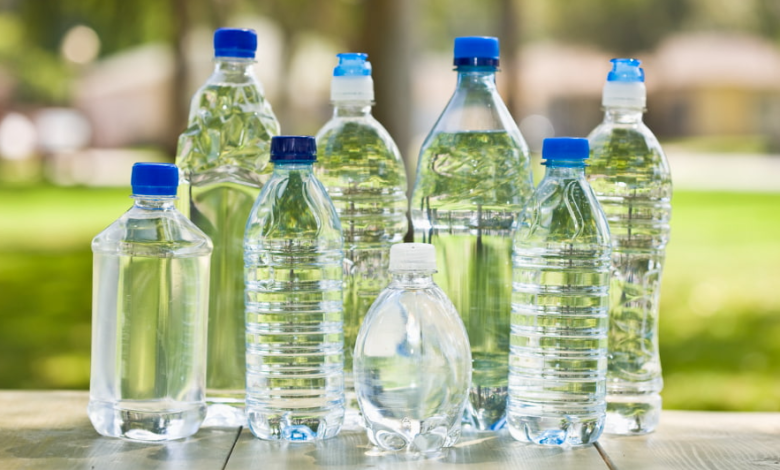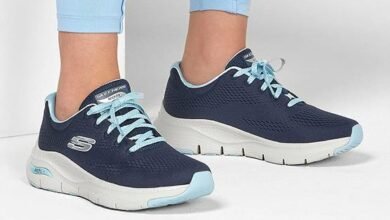Secrets Behind the Water Bottle Manufacturer Formula

The increasing demand for reusable water bottles across the globe has sparked immense interest in how these products are designed, produced, and brought to market. Whether it’s stainless steel, glass, aluminum, or plastic, each water bottle carries behind it a unique manufacturing formula — a balance of materials, engineering, and environmental considerations. In this article, we dive deep into the essential elements that form a successful water bottle manufacturer formula in the 21st century.
Material Selection: The Foundation of the Formula
The first and most important aspect of any water bottle manufacturer formula is the choice of material. Commonly used materials include:
- However, concerns over microplastics and BPA have led to an increase in BPA-free formulations.
- Stainless Steel: Offers excellent insulation, long life, and resistance to corrosion. It’s perfect for hot and cold liquids.
Each material comes with its specific requirements in terms of molding temperature, processing methods, and post-treatment, making material selection a crucial step in the formula.
See also: Pond Cleaning in London: Expert Solutions for a Healthy and Beautiful Pond
Mold Design: Crafting the Shape and Strength
The mold must accommodate the thermal properties of the material and the intended design. Factors like bottle capacity (500 ml, 750 ml, 1L), wall thickness, threading on the neck, and ergonomic features are all pre-planned during mold design.
Advanced manufacturers often use CAD software and 3D simulation tools to model fluid dynamics and thermal expansion. For plastic bottles, injection molding or blow molding is used, while metal bottles are shaped using deep drawing or impact extrusion techniques.
Manufacturing Process: Turning Formula into Product
The water bottle manufacturer formula is not complete without a clearly defined production process.
Plastic Bottles
Plastic bottles are usually made using two-step injection stretch blow molding (ISBM). The plastic is first melted and injected into a preform mold.
Metal Bottles
For aluminum and stainless steel bottles, manufacturers use a process involving sheet metal drawing, annealing, and necking. After shaping the body, a thread is cut at the top, and the inside is sometimes coated with food-grade epoxy.
Glass Bottles
Molten glass is poured into molds and then cooled slowly in an annealing oven to prevent cracking.
Branding and Aesthetics: Visual Identity
The aesthetic appeal of a water bottle contributes heavily to consumer choice. The formula includes:
Customization has become a crucial element in modern water bottle manufacturing.
Safety and Compliance
No water bottle manufacturer formula can ignore regulatory standards. Bottles that come into contact with consumable liquids must comply with:
- FDA (U.S.) or EFSA (Europe) food contact material standards.
- BPA-Free certifications for plastic bottles.
- Lead and heavy metal-free coatings for painted bottles.
Manufacturers must test for leaching, durability, and material breakdown under various temperatures. Quality control is critical — a poorly made bottle could pose health risks and damage brand reputation.
Sustainability: An Essential Ingredient
With growing awareness of environmental impact, a modern water bottle manufacturer formula incorporates sustainability at every level. This includes:
- Recyclable or biodegradable materials.
- Minimal packaging design to reduce waste.
- Energy-efficient production using solar or wind energy.
- Use of recycled input materials, especially in plastic and aluminum bottles.
Some companies even operate take-back schemes to recycle old bottles and turn them into new products, reinforcing a closed-loop supply chain.
Innovation: Staying Ahead of the Curve
The water bottle market is highly competitive. Innovations help brands stand out and are therefore a valuable part of the manufacturer formula. Some recent trends include:
- Smart bottles that track hydration through mobile apps.
- Self-cleaning bottles using UV-C sterilization.
- Collapsible bottles made of silicone for portability.
- Built-in filters for purifying water on the go.
Incorporating such features requires changes in mold design, electronic integration, and component testing — all adding complexity to the manufacturing formula.
Pricing Strategy: Balancing Cost and Value
Costing is another essential part of the water bottle manufacturer formula. Price is determined by:
- Raw material and labor costs.
- Tooling and mold fabrication.
- Shipping and distribution.
- Marketing and brand value.
Manufacturers often aim to keep production costs under 30–40% of the retail price to ensure profitability after distribution and retail margins.
Bulk production and optimized supply chains help reduce unit costs. On the other hand, premium brands may invest more in design and materials, allowing for higher retail pricing.
Private Labeling and OEM Production
Many water bottle manufacturers also work as OEMs (Original Equipment Manufacturers). Brands approach them with custom specs or design ideas, and the manufacturer executes the full production cycle under the brand’s label.
This business model allows companies to enter the market without setting up their own factories, and it’s a common practice worldwide. OEM contracts include:
- Material and feature specifications.
- Volume commitments.
- Brand confidentiality agreements.
- Quality assurance standards.
Conclusion: A Formula That Evolves
The ideal water bottle manufacturer formula is not static — it evolves constantly with technology, consumer demand, and environmental priorities. It is a multi-layered blueprint that starts from the core materials and extends to sustainability, branding, innovation, and compliance.
To be successful in this industry, manufacturers must blend science with creativity and efficiency with quality. Only those who master the full formula — from material selection to market delivery can build lasting, eco-friendly, and consumer-friendly hydration solutions.




